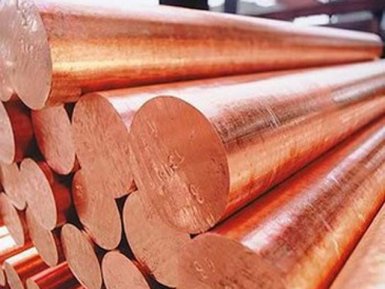Steel pipe. History and interesting

Are you interested in information and facts about steel pipes from the supplier company AvecGlob? Here you will find interesting information on this topic.
A pipe, a hollow part, usually cylindrical, designed to transport materials. It is used mainly for the supply of liquids, gases or solids, suspensions, emulsions, etc.
History of creation
The earliest pipes were probably made of bamboo, they were used by the Chinese to carry water from 5000 BC. The Egyptians made the first metal tube of copper around 3000 BC. Before cast iron became relatively cheap in the 18th century. most of the pipes were made of brown stone or wood, clay, lead, and sometimes copper or bronze. Modern materials for the production of steel pipes include pipes from alloy and non-alloy steel, as well as special alloys.
Variants of technological production processes
The welded steel pipe is made by bending strips of steel in the form of a pipe and subsequent welding of the longitudinal seam or by welding by the method of electrical resistance, melting, or by mechanical (friction) welding. Seamless pipe is manufactured in the form of products of a certain length, it can have treated or untreated ends.
The steel pipe, first obtained in the early 20th century, is widely used for pumping substances at extremely high pressures and temperatures. At the same time, cast iron pipes, which have become widely used since 1840, are resistant to corrosion better than steel pipes, and therefore are more often used in underground pipelines.
Supplier — AvekGlob Company — offers at a reasonable price from the manufacturer a diverse range of steel pipes that meet the technical requirements of domestic and foreign standards. The supplier guarantees the timely delivery of products to any address specified by the consumer.
Operating conditions for steel pipes
The pipeline transports water, gas, oil and many other liquids over long distances. When laying an oil pipeline, 10… 12-meter sections of a seamless steel pipe are electrically welded together, holding onto the trench.
Before putting it in place, the pipe is covered with protective paint and wrapped with a substance consisting of treated asbestos felt and fiberglass. Pumping stations, located from 80−120 km from each other, increase the pumping pressure. The pipeline must be clean, either by applying a negative electrical charge to the pipe, or by regularly using a «pig» or cleaning bowl inserted from one end and carried by a current.
Interesting facts about pipelines
The first open pipelines — aqueducts — were built by the ancient Romans, and were intended for the transfer of water for long distances. The first gas and oil pipelines were built in the United States in the 19th century. Today, in many parts of the world, pipelines are an extremely important means of transporting various liquids. In particular, the Trans-Arab pipeline,
which moves oil from the Persian Gulf to the Mediterranean region, is more than 1,600 km in length. Steel pipelines are sometimes laid on the bottom of the sea or ocean (for example, «Nord Stream»).
Supplier — AvekGlob Company — offers to purchase various profiles of steel pipes, which meet the technical standards and quality requirements. Products can be bought at a price formed on the basis of European and world standards of production. Implementation is possible in bulk and retail, for regular customers, a flexible system of discounts operates.


